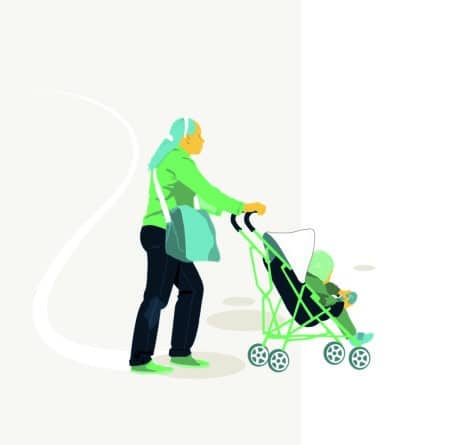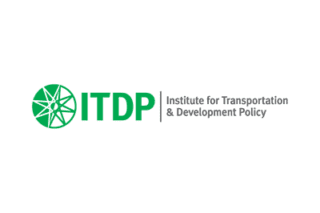Trainings & E-Learning
Mobility and Access for Babies, Toddlers, and Their Caregivers
More than a billion children live in cities – and yet most of these cities have not been designed to meet the needs of babies, toddlers, and their caregivers, nor have mobility systems been planned with their travel characteristics in mind. Cities could function better for them by increasing access to the specific needs and destinations they require for daily living through integrating land use and transportation.
Teaching Format:
Digital
Starting Date:
Any Time
Duration:
2.5 hours
Language:
English
This course will explore the who, why, what, and how of mobility and access for babies, toddlers, and caregivers. We will explore planning, design, and policies focused on this user group and explore why it is important to integrate their particular needs into transport planning decisions.
This course is designed for professionals in the planning and transportation field or in early childhood development and health, aspiring planners, and decision-makers who want to learn more about how transportation and the built environment impact young children and caregivers and how to create better cities for them.
This course follows the synthesis of mobility needs and frameworks for access laid out in the report: Access for Babies, Toddlers, and Their Caregivers. We will look at concepts like the 15-minute neighborhoods and 10-minute public transport and explore how cycling, walking, and public transit can be instrumental to the mobility of babies, toddlers, and caregivers.
We will also dive into tools that can help you evaluate the quality of your city’s transport and land use, including measuring walkability and defining the principles and objectives of inclusive transit-oriented development, which encapsulates the main characteristics of urban access.
Module 1: Urban Mobility Needs of Young Children and Caregivers
Babies, toddlers, and their caregivers have specific needs that the cities and their mobility systems and environments can facilitate. In this module, we will explore how young children develop and what they and their caregivers need from the urban environment in order to thrive.
Goals of Module 1:
- Understand why the early years of a child’s life are so important to their development.
- Learn about the mobility behaviors and experiences of caregivers traveling with young children.
- Understand how early childhood development and mobility behaviors relate to the quality of the urban environment.
Net Time Effort: 45 minutes
Module 2: Solutions to Improve Access for Babies, Toddlers, and Caregivers
Urban mobility and land use are the main enablers of access in cities, as well as for the health and well-being of caregivers and their babies and toddlers. In this module, we look at how integrating inclusive urban mobility with activities and critical services helps create solutions for improving access for families and everyone in cities. This module defines key principles of access.
Goals of Module 2:
- Define access from the perspective of caregivers and their young children.
- Understand the key frameworks for improving access: 15-minute neighborhoods and 10-minute public transport.
- Learn about the building blocks of those principles, including what makes good conditions for local mobility and public transport.
Net Time Effort: 45 minutes
Module 3: Approaches to Making Cities for Young Children and Caregivers
In this module, we will look at how one can achieve the solutions we learned about in Module 2. This module examines different policies and approaches that can help cities plan and evaluate outcomes concerning the well-being of babies, toddlers, and caregivers. These are grounded in real-world examples and case studies. Finally, this module will explore different tools to evaluate existing conditions in order to set a baseline from which you can determine where you need to go to improve transport and urban development for young children.
Goals of Module 3:
- Learn about policies and actions that can respond to the needs of caregivers and young children through real-world examples.
- Learn about the tools that cities can use to plan and evaluate infrastructure and urban environments through the lens of access.
Net Time Effort: 45 minutes
Register for this course directly on the web site of ITDP

Organizer
